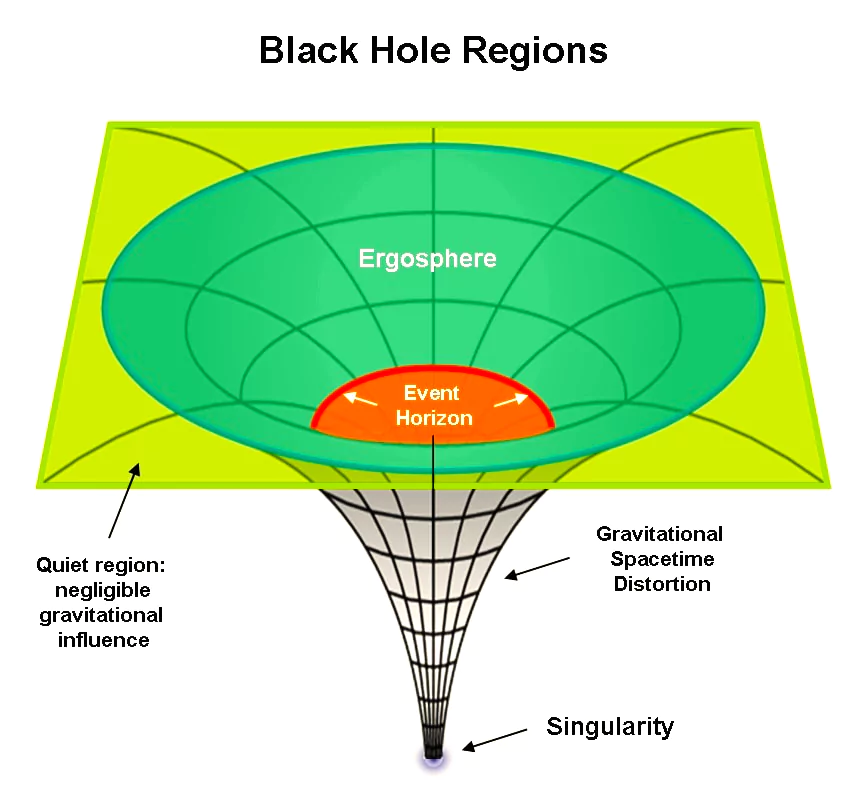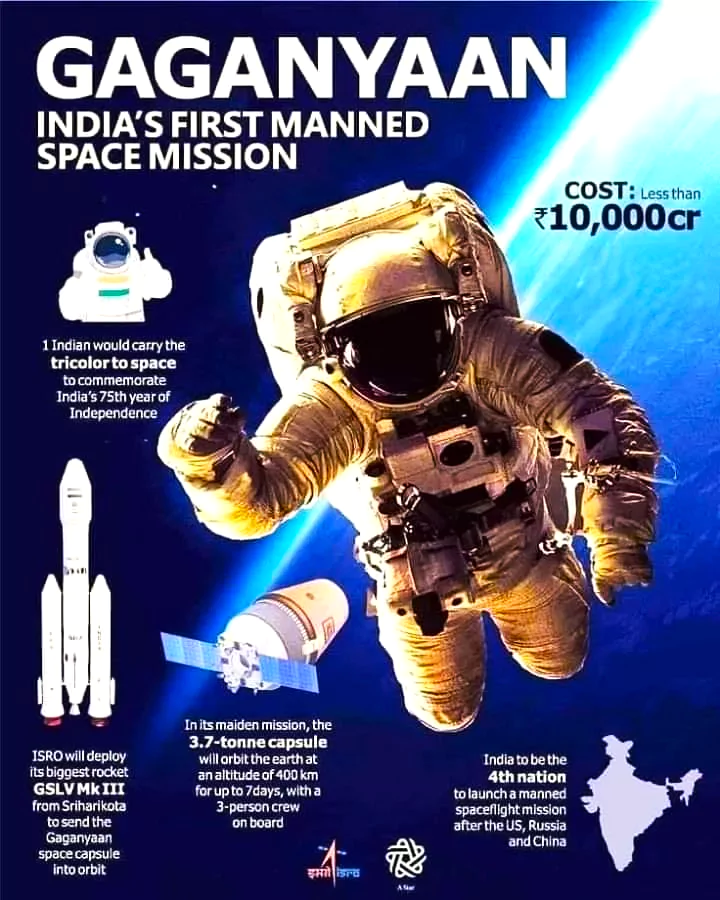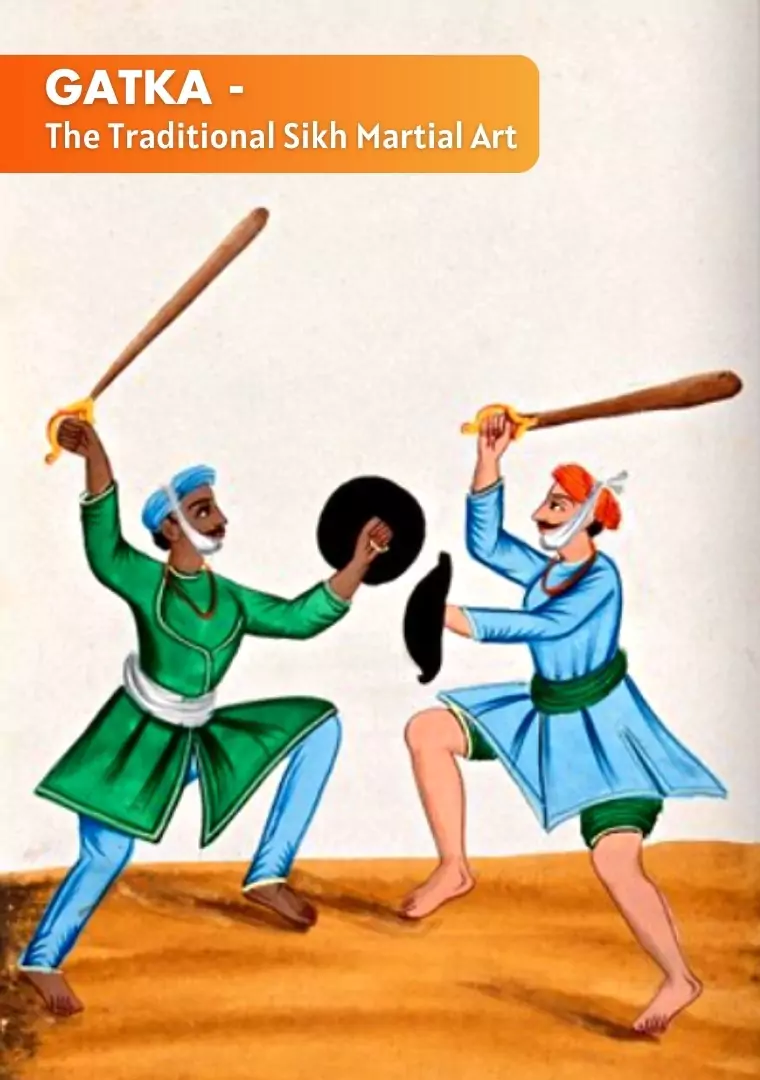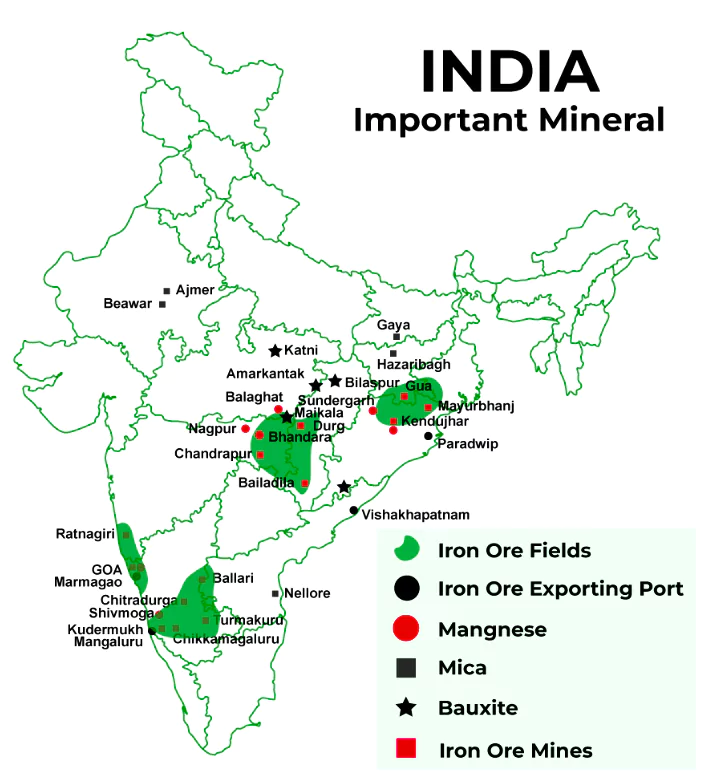Scientists have suggested sending an object into the ergosphere of a black hole and allow it to accelerate there along the black hole’s direction of rotation
 An “ergosphere” is the region in between the event horizon and the stationary limit.
An “ergosphere” is the region in between the event horizon and the stationary limit.
Black Hole
|
|---|
News Source: The Hindu
| Must Read | |
| NCERT Notes For UPSC | UPSC Daily Current Affairs |
| UPSC Blogs | UPSC Daily Editorials |
| Daily Current Affairs Quiz | Daily Main Answer Writing |
| UPSC Mains Previous Year Papers | UPSC Test Series 2024 |
A floor Test will be conducted in the Jharkhand Assembly on 5 February
Voting in Floor Test
Composite Floor Test
|
|---|
News source: The Hindu
| Must Read | |
| NCERT Notes For UPSC | UPSC Daily Current Affairs |
| UPSC Blogs | UPSC Daily Editorials |
| Daily Current Affairs Quiz | Daily Main Answer Writing |
| UPSC Mains Previous Year Papers | UPSC Test Series 2024 |
Decentralised non fungible token (DNFT) has opened a new avenue for revenue for the film industry, which witnessed a decline in the number of movie-goers post-Covid.
What is Non Fungibility?
Web3 Technology
Blockchain Technology
|
|---|
News Source: The Hindu
| Must Read | |
| NCERT Notes For UPSC | UPSC Daily Current Affairs |
| UPSC Blogs | UPSC Daily Editorials |
| Daily Current Affairs Quiz | Daily Main Answer Writing |
| UPSC Mains Previous Year Papers | UPSC Test Series 2024 |
The 7th session of the Codex Committee on Spices and Culinary Herbs (CCSCH7) was held at Kochi, Kerala.
About 5 Spices
|
|---|
News Source: PIB
| Must Read | |
| NCERT Notes For UPSC | UPSC Daily Current Affairs |
| UPSC Blogs | UPSC Daily Editorials |
| Daily Current Affairs Quiz | Daily Main Answer Writing |
| UPSC Mains Previous Year Papers | UPSC Test Series 2024 |

ISRO to launch India’s female robot astronaut, Vyommitra into space ahead of Gaganyaan mission.

News Source: Mint
| Must Read | |
| NCERT Notes For UPSC | UPSC Daily Current Affairs |
| UPSC Blogs | UPSC Daily Editorials |
| Daily Current Affairs Quiz | Daily Main Answer Writing |
| UPSC Mains Previous Year Papers | UPSC Test Series 2024 |
The CBSE is planning significant changes to the academic framework of Classes 9, 10, 11, and 12 as part of its plan to implement a credit system in CBSE, recommended by the National Education Policy 2020.
The Credit System aims to establish academic equivalence between vocational and general education, facilitating mobility between the two education systems, as proposed by the NEP 2020.
CBSE: Central Board of Secondary Education
|
|---|
National Credit Framework (NCrF)
|
|---|
| S.No. | Students | Institutions | Government | Industry |
| 1 | Facilitates multidisciplinary holistic education with flexible curricula | Promotes stronger collaboration between institutions | Increased enrolment of students (GER) | Allows students to attain National Skills Qualification Framework (NSQF)-approved foundational skills developed by industry & be more employable |
| 2 | Expands core learning to include foundational and cognitive aspects. | More diversified and rich student’s knowledge base & Increased focus on research and innovation | Aligns with the demographic dividend, aiming to make India the Skill Capital of the World. | Provision of Microcredentials allows integration of quick educational upgradation/ up-skilling |
| 3 | Credits awarded for academic, skill, and experiential learning. | Simpler and uniform credit mechanism | Highly educated and trained workforce for Aatmnirbhar Bharat. | Helps cater to the future demand of skills and bridging skill gap |
| 4 | Eliminates distinctions between arts, science, and commerce. | Leveraging of institutional infrastructure | Making vocational education and training/ skilling aspirational | Makes students more employable by more holistic design of study by including vocational education and training/ skilling |
National Education Policy 2020
Significant Features of National Education Policy 2020
|
News Source : IE
| Must Read | |
| NCERT Notes For UPSC | UPSC Daily Current Affairs |
| UPSC Blogs | UPSC Daily Editorials |
| Daily Current Affairs Quiz | Daily Main Answer Writing |
| UPSC Mains Previous Year Papers | UPSC Test Series 2024 |
Punjab’s Gatka team dominated in Khelo India Youth Games held in Tamil Nadu.

Other Martial Art Forms in India
|
|---|
News Source: NGAI
| Must Read | |
| NCERT Notes For UPSC | UPSC Daily Current Affairs |
| UPSC Blogs | UPSC Daily Editorials |
| Daily Current Affairs Quiz | Daily Main Answer Writing |
| UPSC Mains Previous Year Papers | UPSC Test Series 2024 |
Recently, the Ministry of Corporate Affairs fixed a critical vulnerability in its online portal after a cybersecurity researcher reported it to the Computer Emergency Response Team of India (CERT-In).
Critical Vulnerability
|
|---|
Individuals may not be able to prevent leaks in databases of government organisations or service providers. However, they can take steps to ensure their safety.
News Source: The Hindu
| Must Read | |
| NCERT Notes For UPSC | UPSC Daily Current Affairs |
| UPSC Blogs | UPSC Daily Editorials |
| Daily Current Affairs Quiz | Daily Main Answer Writing |
| UPSC Mains Previous Year Papers | UPSC Test Series 2024 |
This article is based on the news “Final Uniform Civil Code draft for Uttarakhand recommends ban on triple talaq and halala; suggests tribals be kept out of ambit” which was published in the Hindu. Recently, the Uttarakhand Cabinet gave its nod to the Uniform Civil Code (UCC) bill, following recommendations from a high-level government-appointed committee.
| Relevancy for Prelims: UCC Uttarakhand 2024 Bill, Uniform Civil Code in India, Triple talaq, and Directive Principles Of State Policy.
Relevancy for Mains: Uniform Civil Code: Origin, Arguments in Favour and Against, Different Views, and Way Forward. |
|---|
Uttarakhand UCC Bill 2024: Key Features
|
|---|
Additional InformationAbout Personal Laws
|
|---|
| Mains Question: Discuss the possible factors that inhibit India from enacting for its citizens a uniform civil code as provided for in the Directive Principles of State Policy. |
|---|
| Must Read | |
| NCERT Notes For UPSC | UPSC Daily Current Affairs |
| UPSC Blogs | UPSC Daily Editorials |
| Daily Current Affairs Quiz | Daily Main Answer Writing |
| UPSC Mains Previous Year Papers | UPSC Test Series 2024 |
This article is based on the news “Iron ore faces challenges of sustainability and fairness” which was published in the Live Mint. The Competition Commission of India (CCI) along with the Institute for Studies in Industrial Development has recently published a market study report on India’s iron ore sector.
| Relevancy for Prelims: Competition Commission of India, Indian GDP, Mineral & Energy Resources in India, and Mines and Minerals (Development and Regulation) Amendment Bill 2023.
Relevancy for Mains: India’s Iron Ore Sector: Current Status, Significance, Challenges, Infinitives, and Way Forward. |
|---|
About Competition Commission of India (CCI)
|
|---|
Types of Iron OreBased on the amount of ore and iron content, iron ore is classified into various types:
Uses of Iron Ore
|
|---|

Mineral Map Of India
Distribution of Iron Ore in the World
|
|---|
Captive Mines
|
|---|
| Mains Question: Despite India being one of the countries of Gondwanaland, its mining industry contributes much less to its Gross Domestic Products [GDP] in percentage. Discuss. [150 Words, 10 Marks] |
|---|
| Must Read | |
| NCERT Notes For UPSC | UPSC Daily Current Affairs |
| UPSC Blogs | UPSC Daily Editorials |
| Daily Current Affairs Quiz | Daily Main Answer Writing |
| UPSC Mains Previous Year Papers | UPSC Test Series 2024 |
Union Cabinet Approves National Sports Policy 2025...
What are Altermagnets? A Breakthrough in Magnetism...
India’s 7-Point Strategy for Sustainable Gro...
Cabinet Approves Employment Linked Incentive Schem...
INS Udaygiri Delivered Under Project 17A to Indian...
SC Issues Implemented Reservation Roster for SC/ST...
<div class="new-fform">
</div>